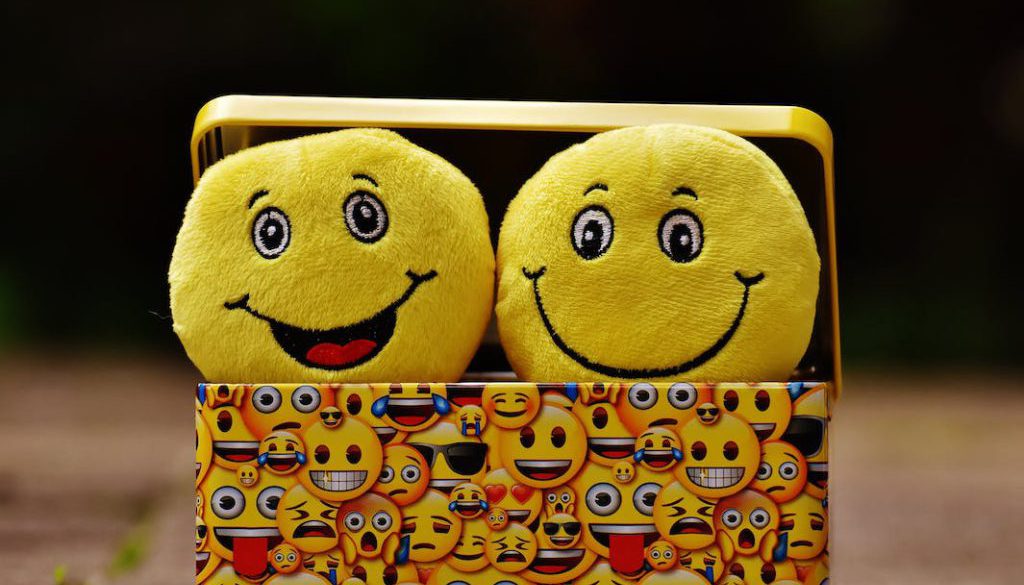From tiny yellow faces to intricate symbols representing a vast array of feelings, activities, and cultures, emojis have evolved into an irreplaceable part of our digital vocabulary. These whimsical characters, originating from Japan and curated by Shigetaka Kurita, have reshaped communication in the digital age. The Land of the Rising Sun played an instrumental role in the development of emojis, giving them a cultural and aesthetic identity. The Unicode Consortium’s efforts in standardizing emojis provided a consistent experience across platforms. Still, it was Apple Inc., with its revolutionary iPhone, that propelled emojis into global stardom.
Emoji: From Emotion Icons to a Full-fledged Language
The world of emojis has its roots in the late 1990s, with Japan leading the charge. Emojis, which translates to “picture characters”, initially served to express emotions in a condensed and visually appealing manner. Today, with thousands of emojis available, they’ve become a language of their own, narrating stories, emotions, and even intricate nuances. Some popular emojis, like the ‘teary-eyed laughter’ or the ‘heart’, have fascinating histories and trivia attached to them. And with billions of emojis sent daily, their popularity and impact on modern communication is undeniable.
Cultural Differences in Emoji Use
Emojis might seem universal, but their interpretation can be as diverse as the cultures they’re used in. A thumbs-up might be a sign of approval in some cultures, while in others, it could be perceived as rude. The way different cultures perceive and use emojis sheds light on the broader spectrum of human emotion and cultural significance. Whether it’s the bowing person predominantly used in Japan or the dancing figures favored in western cultures, emojis often mirror societal norms and values.
The Impact of Emojis on Communication
Emojis have profoundly influenced digital communication, infusing emotion into plain text and ensuring the tone of a message is conveyed. Their visual nature taps into human psychology, allowing for a more in-depth, emotional connection between the sender and receiver. Emojis break down linguistic barriers, making digital conversations more inclusive and empathetic. In the age of virtual interactions, emojis play a pivotal role in ensuring our feelings, intentions, and sentiments aren’t lost in translation.
Conclusion
Emojis, while playful and vibrant, have a depth and significance that often goes unnoticed. As they continue to evolve, mirroring societal changes and trends, their role in shaping and enhancing digital communication becomes more evident. In a world increasingly reliant on virtual interactions, emojis promise to keep our conversations colorful, emotional, and profoundly human.




